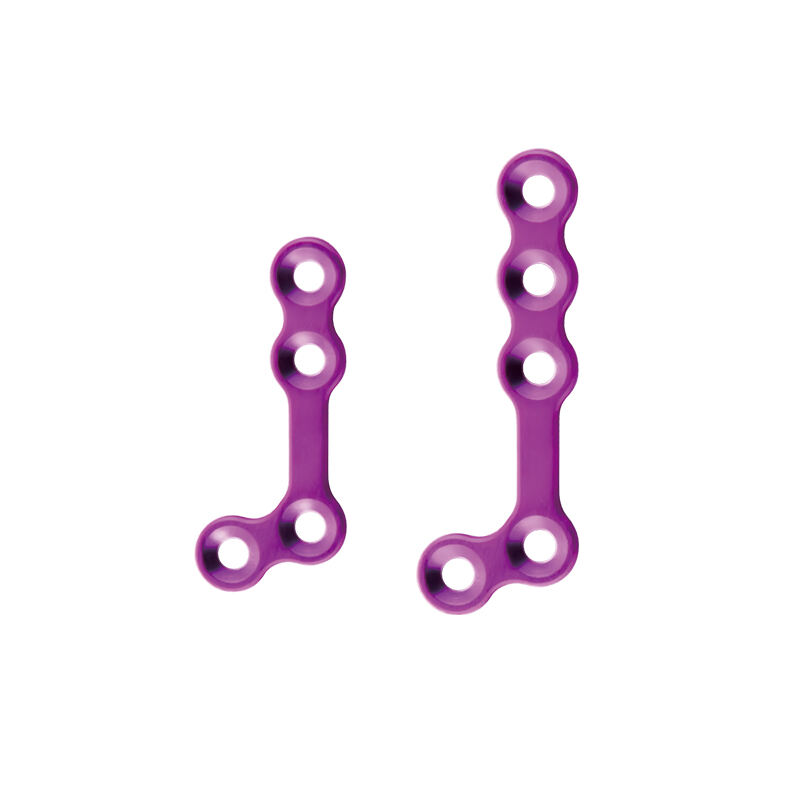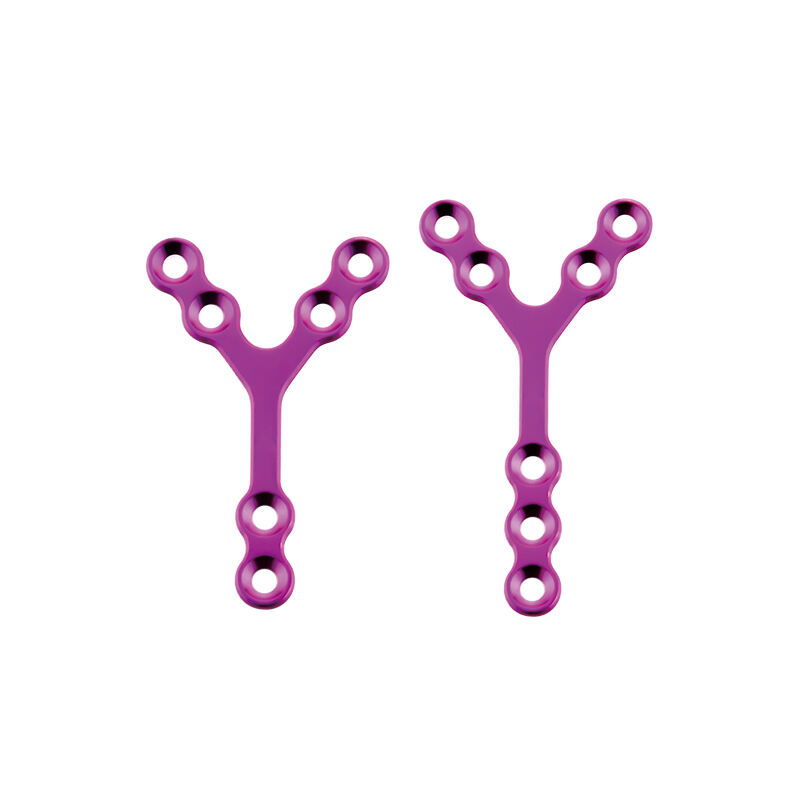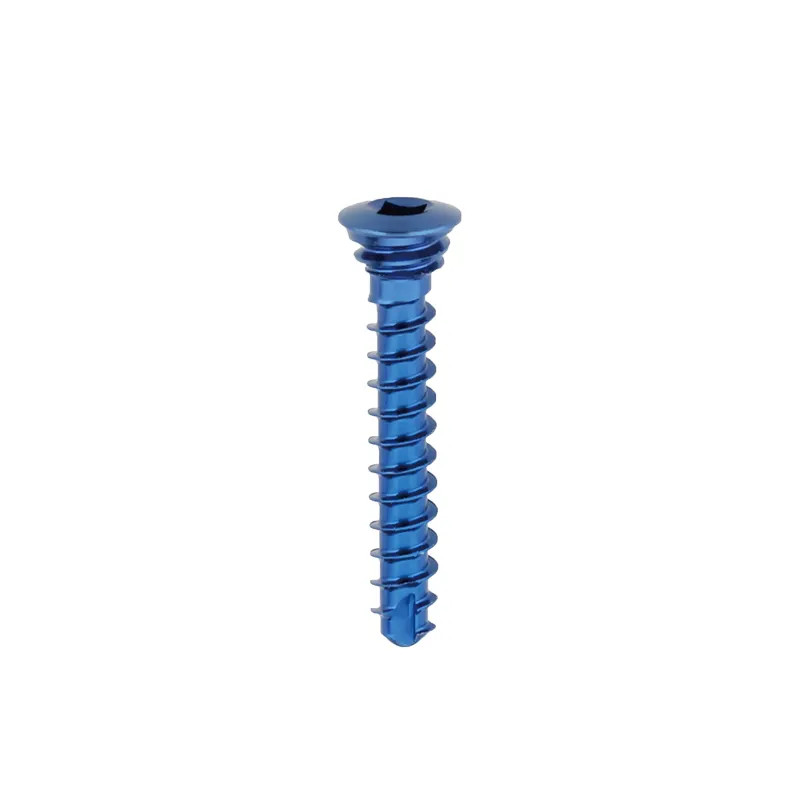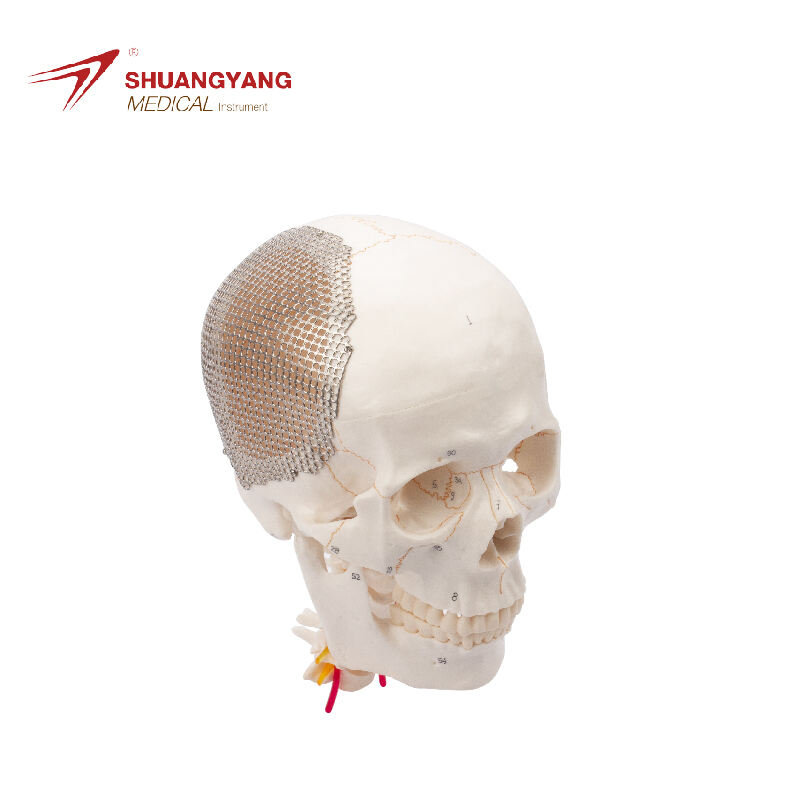interlocking intramedullary nail
The interlocking intramedullary nail is a revolutionary orthopedic device designed to stabilize long bone fractures. Its main functions include maintaining the alignment of fractured bones, supporting the weight of the body, and facilitating faster healing. Technological features of this nail include a hollow, cylindrical design with threaded ends that allow for the insertion of screws, which lock the nail in place within the bone. This design ensures stability and reduces the risk of displacement. The applications of the interlocking intramedullary nail are extensive, ranging from the treatment of simple fractures to complex trauma cases, making it an indispensable tool in the field of orthopedic surgery.
 EN
EN
 FR
FR
 ES
ES
 AR
AR











